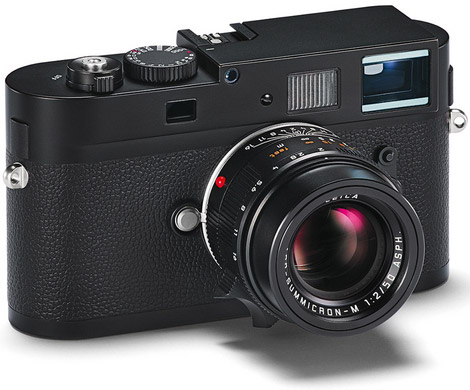EXCERPT page containing first few paragraphs. 2024-04-16 09:49:48
UA_SEARCH_BOT_null @ 3.145.23.123
For full access, subscribe here. Or click title to login. ![]()
Shadow Noise and Highlight Detail at ISO 320
At ISO 320, the Leica M Monochrom has very low noise, but the true measure of useable dynamic range (exposure range) is whether detail remains workable when shadow areas are raised in brightness and/or highlights are brought within range.
A Leica MM DNG file that shows as blown-out in Adobe Camera RAW generally has some headroom available, due to built-in bias of the RAW converter. For this reason, the Leica MM histogram on the camera (a true RAW histogram) is a beautiful thing— one can know perfectly well how accurate the exposure is, at least with a little learning.
Camera histograms
Shown below are the histograms for the example image. The exposure was made to preserve most of the highlights while maintaining maximum shadow detail. A small amount of highlight detail was lost on the chair, as the red warning clearly shows (camera was set to 1% and 99% clip values, which control the blue/red warnings— nicely done).
Article continues for subscribers...
Diglloyd Guide to Leica is by yearly subscription. Subscribe now for about 25 cents a day ($90/year).
BEST DEAL: get full access to ALL 8 PUBLICATIONS for about 75 cents a day!
Diglloyd Guide to LEICA contains in-depth coverage of Leica M system cameras and lenses, with additional coverage of Leica M Monochrom, Leica Q.
Special emphasis is placed on Leica M lenses and certain Zeiss ZM lenses.
- Make better images by learning how to get the best results right away.
- Save money by choosing the right lens for your needs the first time, particularly the Summilux/Summicron/Elmarit choice and/or Zeiss ZM.
- Make better images, a sort of “cheat sheet” saving yourself months or years of ad-hoc learning. Processing parameters are discussed and shown.
- Jaw-dropping image quality found nowhere else utilizing Retina-grade images up to full camera resolution, plus large crops [past 2 years or so].
- Real world examples with insights found nowhere else. Make sharper images just by understanding lens behavior you won’t read about elsewhere.
- Aperture series from wide open through stopped down, showing the full range of lens performance and bokeh.
- Optical quality analysis of field curvature, focus shift, sharpness, flare, distortion, and performance in the field.
Want a preview? Click on any page below to see an excerpt as well as extensive blog coverage, for example on Leica.




